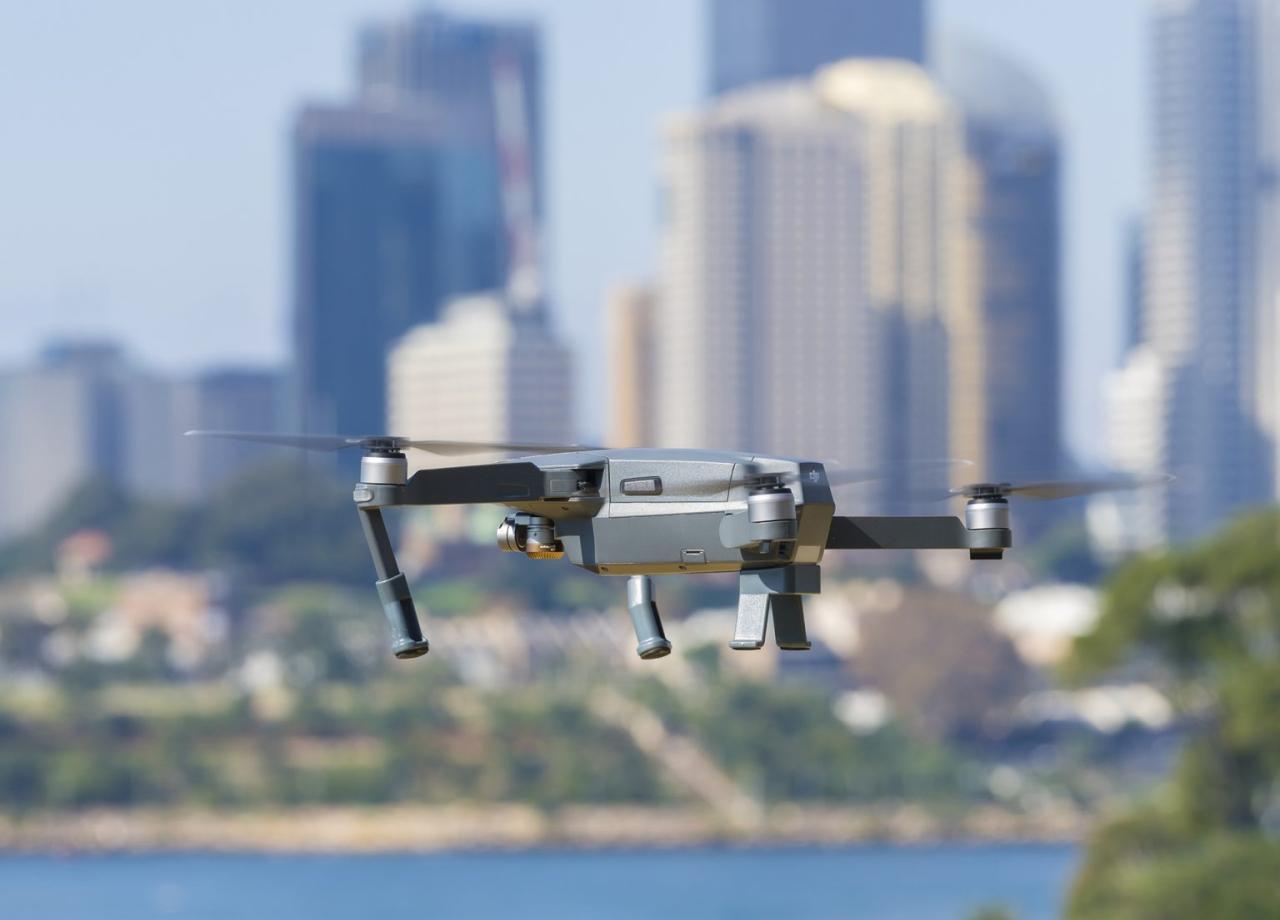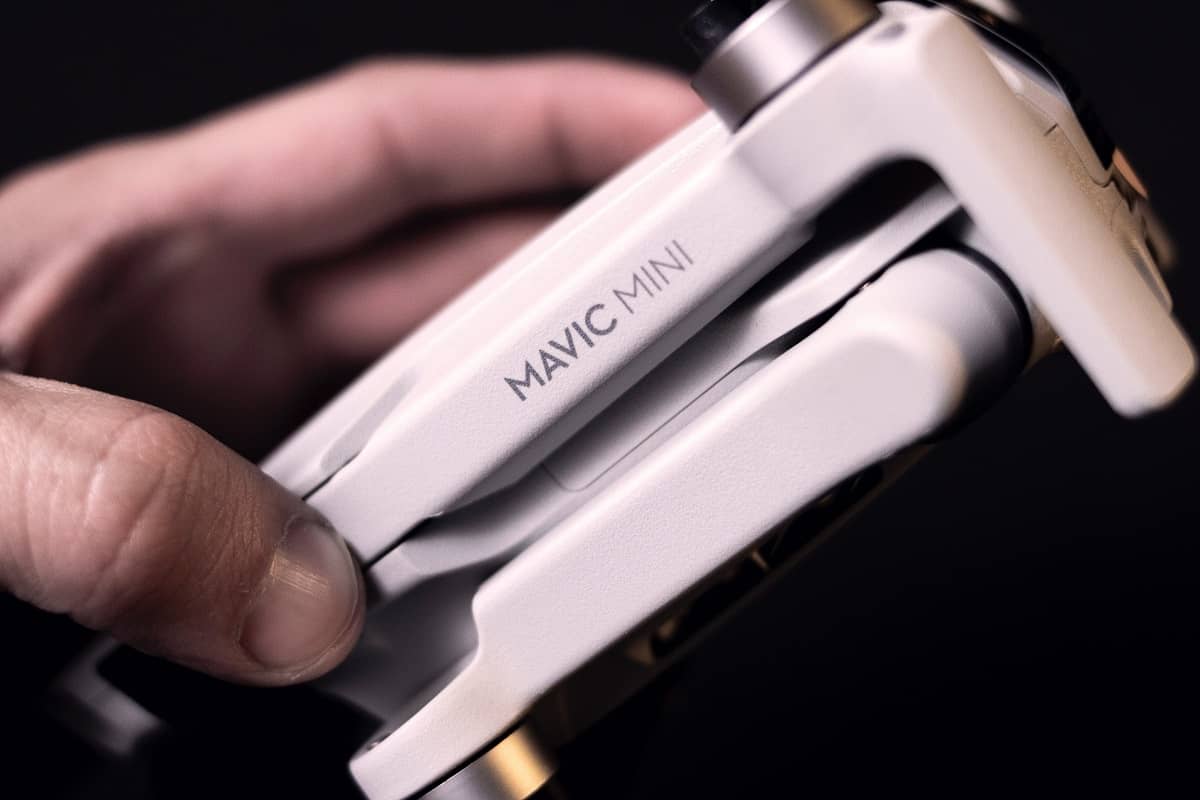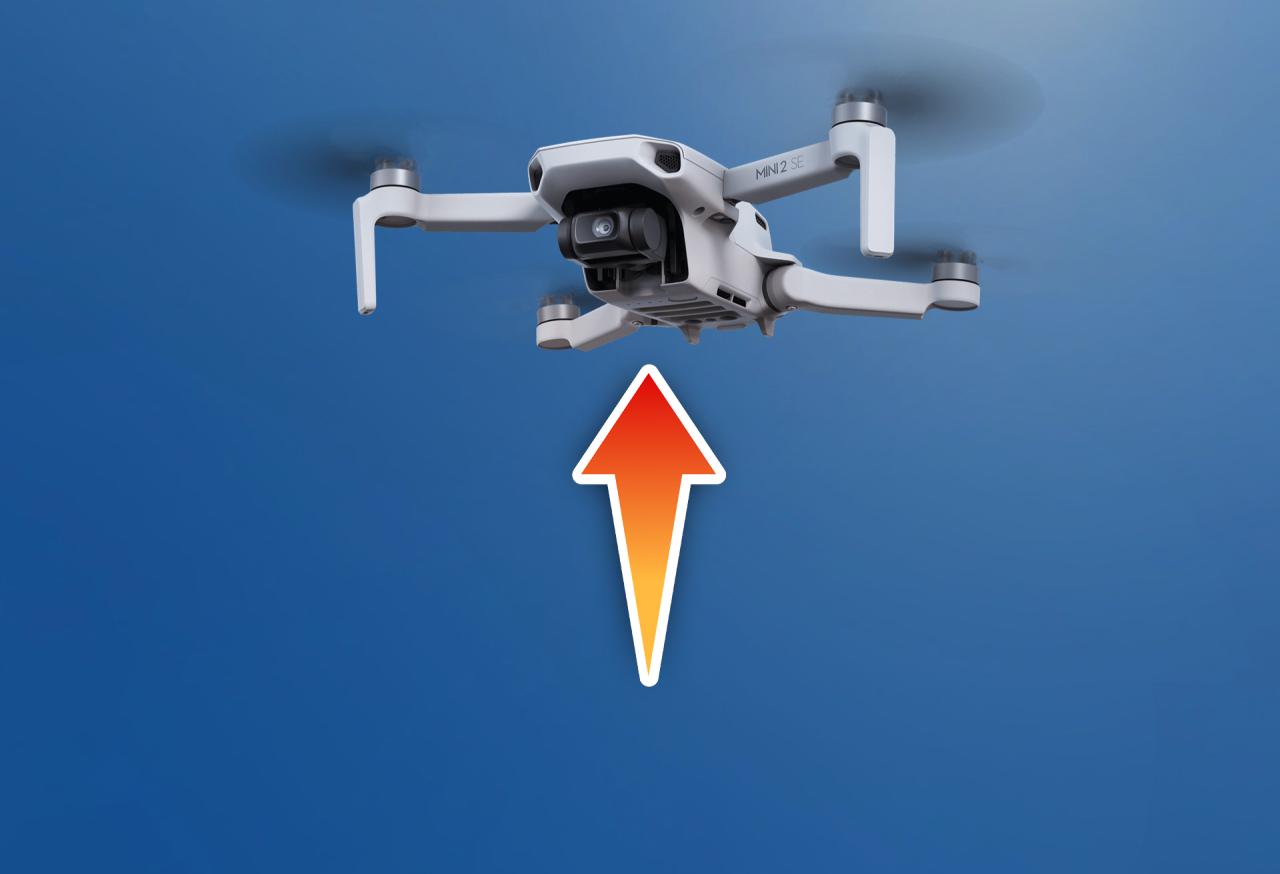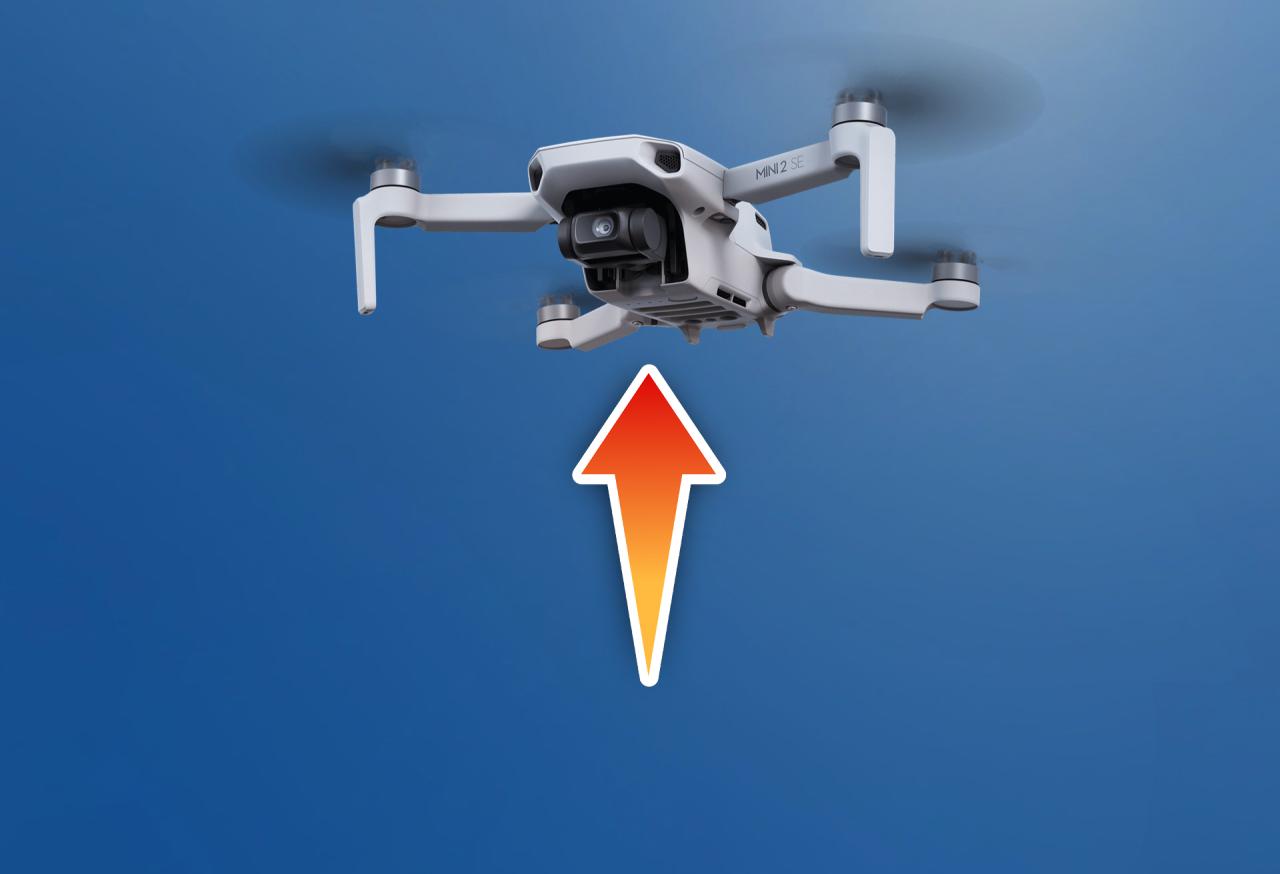Canada Drone Laws Under 250g: So you’ve got a lightweight drone? Awesome! But before you take to the skies, understanding Canadian regulations is key. This guide breaks down the rules for drones under 250 grams, covering registration, flight restrictions, safety, and more. We’ll make sure you’re flying legally and responsibly.
Navigating the world of drone regulations can seem daunting, but it doesn’t have to be. This guide simplifies the process, explaining the specific rules and exemptions for smaller drones. We’ll cover everything from registration requirements to understanding airspace restrictions, ensuring you’re prepared for a safe and compliant flight experience.
Drone Classification and Weight Limits in Canada

Understanding drone weight classes is crucial for complying with Canadian drone regulations. The weight of your drone directly impacts the rules you must follow. Drones are categorized based on their weight, and each category has specific operational requirements.
Drone Weight Classes and Legal Implications
Transport Canada categorizes drones based on their all-up weight (AUW), which includes the drone itself, battery, and any attached payload. The key weight categories and their implications are Artikeld below.
| Weight Class (AUW) | Regulations | Examples | Registration Required? |
|---|---|---|---|
| Under 250g | Generally less stringent, but still subject to basic operating rules. | Many mini-drones, such as the DJI Mini 3 Pro (under 249g), some hobbyist drones. | No |
| 250g – 2kg | More stringent regulations, including registration requirements. | DJI Mavic Air 2, many popular consumer drones. | Yes |
| Over 2kg | Most stringent regulations, requiring advanced certifications and operational permits. | Large professional drones used for surveying, photography, etc. | Yes, plus additional licensing and certifications. |
Specific Regulations for Drones Under 250g
While drones under 250g are generally subject to fewer regulations than heavier drones, they are still not exempt from all rules. You must still fly safely and responsibly, respecting airspace restrictions and privacy concerns.
Examples of Drones Under 250g

Many lightweight drones fall under the 250g limit. Examples include various models from DJI (Mini series), Autel (Nano series), and other manufacturers producing small, lightweight consumer drones. Always check the manufacturer’s specifications to confirm the all-up weight.
Registration and Licensing Requirements
Registration and licensing requirements for drones vary depending on their weight. Understanding these requirements is vital to avoid penalties.
Registration Requirements for Drones Under 250g
In Canada, drones under 250g are generally exempt from registration. This means you don’t need to register your drone with Transport Canada before flying it. However, this exemption does not relieve you from the responsibility of adhering to all other applicable regulations and safe operating practices.
Licensing Procedures and Documentation
For drones under 250g, no specific licensing is required. However, operators should familiarize themselves with the Basic Operating Rules Artikeld by Transport Canada.
Exemptions from Registration or Licensing
The exemption from registration for drones under 250g applies to most recreational users. However, specific operational scenarios, such as commercial use, might still require additional permits or licenses, regardless of weight.
Okay, so you’re flying a drone under 250g in Canada? Sweet! Remember to check those flight restrictions, but also, good signal strength is key. Knowing your wifi frequency helps with that; learn how by checking out this guide on how to check your wifi ghz on iphone to ensure a strong connection for your drone’s control app.
Back to drones: always fly safely and responsibly!
Scenarios Requiring and Not Requiring Registration
- Registration Required: Commercial operations, even with drones under 250g, usually require specific permits and licenses.
- Registration Not Required: Recreational flights with drones under 250g, adhering to all other safety guidelines.
Operating Rules and Restrictions
Even lightweight drones have restrictions on where and how they can be flown. Understanding these limitations is crucial for safe and legal operation.
Rules and Restrictions on Drone Flight Locations
Drones under 250g cannot be flown in controlled airspace (near airports), within 9km of an airport without prior authorization, over populated areas (unless directly over your own property), or near sensitive infrastructure (power plants, prisons, etc.).
Flying drones under 250g in Canada? It’s generally pretty straightforward, but you still need to know the rules. For reliable connectivity during your flights, especially in remote areas, consider checking out the network coverage from bell mts , as good signal is crucial for safe drone operation. Remember to always check the latest Transport Canada guidelines before taking to the skies with your lightweight drone.
Limitations on Flight Altitude and Distance
The maximum altitude for drone flights is generally limited to 122 meters (400 feet) above ground level. The maximum distance from the operator is not explicitly defined for sub-250g drones, but maintaining visual line of sight is paramount. Never fly beyond your visual capabilities.
Rules Concerning Airports, Populated Areas, and Sensitive Infrastructure
Flying near airports, populated areas, and sensitive infrastructure is strictly prohibited without proper authorization. These areas pose significant safety risks due to potential collisions or privacy violations.
Prohibited Areas for Drone Operation
- Controlled airspace (near airports)
- Within 9km of an airport without authorization
- Over populated areas (except directly over your property)
- Near sensitive infrastructure (power plants, prisons, etc.)
- Areas where flying is explicitly prohibited by local regulations
Safety Guidelines and Best Practices
Safe drone operation is paramount. Following a pre-flight checklist and adhering to best practices significantly reduces risks.
Safety Procedures Checklist for Operating Drones Under 250g
- Check weather conditions (wind, visibility)
- Inspect drone for damage
- Check battery level
- Ensure proper GPS signal
- Confirm legal flight area
- Maintain visual line of sight
- Have a backup plan in case of malfunctions
Responsible Drone Operation Techniques
Always perform pre-flight checks, including battery level and GPS signal. Familiarize yourself with emergency procedures, such as battery failure or loss of signal. Practice flying in open areas before venturing into more challenging environments.
Potential Hazards and Mitigation Strategies
- Loss of signal: Fly within visual range, consider using a range extender.
- Battery failure: Always carry extra batteries, plan flights with sufficient battery life.
- Wind conditions: Avoid flying in high winds.
- Collisions with objects: Maintain awareness of surroundings.
Maintaining Safe Distance from People and Property, Canada drone laws under 250g

Always maintain a safe distance from people and property. Avoid flying over crowds or private property without permission. Respect the privacy of others.
Privacy Concerns and Data Protection
Operating a drone raises privacy concerns. Responsible data handling is crucial to avoid legal issues.
Privacy Implications and Responsible Data Handling
Drones can capture images and videos, potentially infringing on individuals’ privacy. Operators must be mindful of where they fly and what they record. Avoid capturing images or videos of individuals without their consent, unless explicitly permitted by law.
Legal Framework Concerning Data Collection and Usage
Canadian privacy laws apply to data collected by drones. Operators must comply with these laws, ensuring that data is collected and used ethically and legally. This includes obtaining consent when necessary and properly storing and securing collected data.
Okay, so you’re flying a drone under 250g in Canada? Sweet! Remember to check the official regulations, but a strong wifi signal is crucial for your drone’s control, so knowing your iPhone’s wifi GHz is helpful; check it here: how to check your wifi ghz on iphone. Having a solid connection is key to a safe and successful flight, ensuring you’re within Canadian drone laws.
Ensuring Compliance with Privacy Laws
- Obtain consent before filming individuals.
- Avoid flying over private property without permission.
- Securely store and manage collected data.
- Comply with all relevant privacy legislation.
Scenarios Where Privacy Concerns Might Arise
Filming individuals without consent, flying over private property, and storing data insecurely can all raise privacy concerns. Operators must be proactive in preventing such situations.
Consequences of Non-Compliance: Canada Drone Laws Under 250g
Violating Canadian drone laws can result in significant penalties. Understanding these consequences is crucial for responsible drone operation.
Potential Penalties for Violating Drone Laws
Penalties for violating Canadian drone laws can range from warnings and fines to more severe consequences, including imprisonment in extreme cases. The severity of the penalty depends on the nature and severity of the violation.
Enforcement Mechanisms and Processes
Transport Canada enforces drone regulations. They may investigate incidents of non-compliance and issue penalties as deemed appropriate.
Examples of Past Cases Involving Non-Compliance
While specific details of past cases are not publicly available in a readily compiled format, Transport Canada’s website and news reports occasionally detail enforcement actions. These typically involve incidents of unauthorized flights near airports or over populated areas.
Table Detailing Infractions, Penalties, and Examples
| Infraction | Penalty | Example |
|---|---|---|
| Flying in controlled airspace | Fines, potential imprisonment | Flying a drone near an airport without authorization. |
| Flying over private property without permission | Fines, civil lawsuits | Filming a neighbour’s property without their consent. |
| Operating a drone recklessly | Fines, license suspension | Losing control of a drone and causing damage to property. |
Visual Representation of Flight Restrictions
Imagine a map centered on a major airport. A large circular zone, perhaps 9 kilometers in radius, is clearly marked as “No Drone Zone.” This area is color-coded red to emphasize the restriction. Within this zone, smaller, more precisely defined areas might be highlighted for specific, even more sensitive operations (e.g., runway approaches). The map would also include icons representing the types of aircraft operating in and around the airport (commercial jets, smaller planes, helicopters).
A legend would explain the consequences of unauthorized drone operation within the restricted airspace, including hefty fines, potential legal action, and the risk of interfering with air traffic, which could have serious safety implications.
Final Summary

Flying your drone safely and legally in Canada is all about responsible operation and understanding the rules. This guide has covered the basics of Canada’s drone laws for sub-250g aircraft, from registration and flight restrictions to safety guidelines and potential penalties for non-compliance. Remember to always check for local regulations and airspace restrictions before each flight. Happy flying!
Commonly Asked Questions
Do I need insurance for a drone under 250g?
While not legally mandated in all cases, insurance is highly recommended for any drone operation to cover potential damages or injuries.
Can I fly my sub-250g drone at night?
Generally, night flights are more restricted and may require additional permissions or certifications. Check Transport Canada’s guidelines.
What happens if I lose sight of my drone?
Immediately cease operation and attempt to locate it. If you cannot recover it, report it to the relevant authorities.
Where can I find a list of prohibited airspace?
Transport Canada’s website and apps like Nav Canada provide up-to-date information on restricted airspace.
